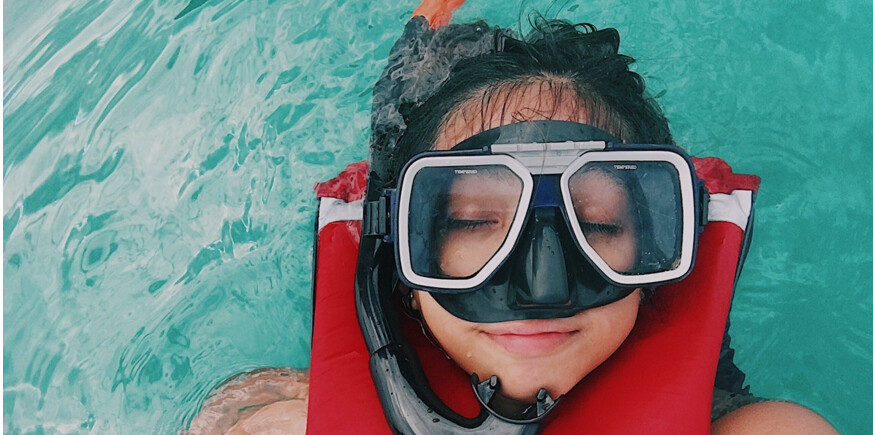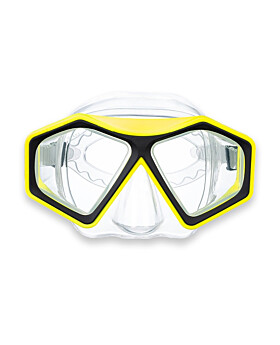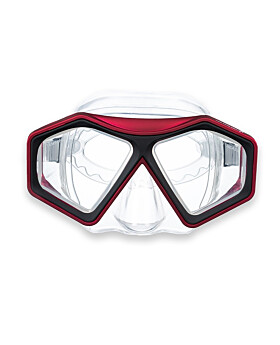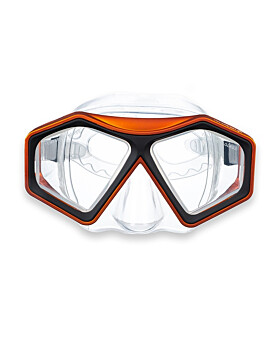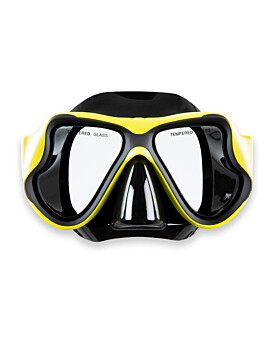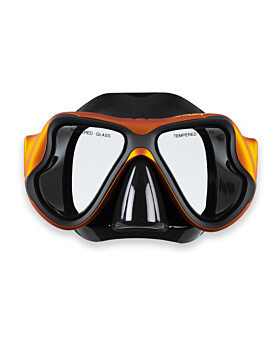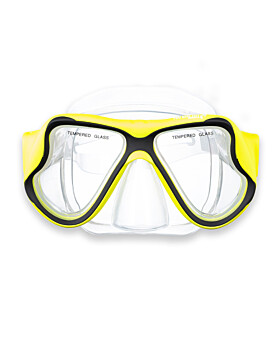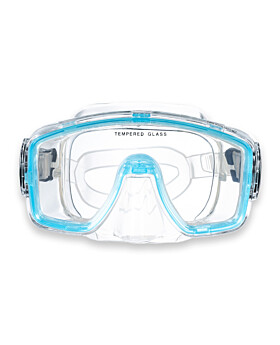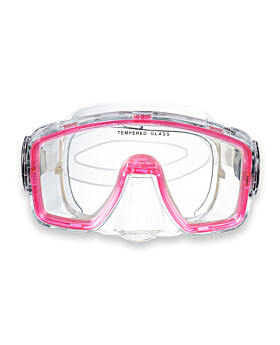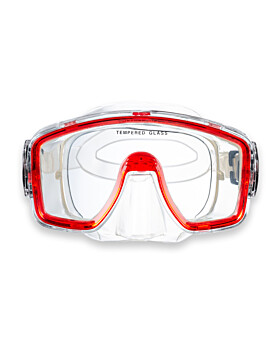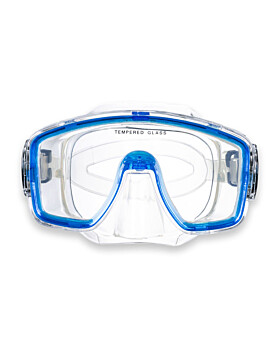Prepare to explore the world beneath the waves by getting familiar with all the gear you’ll need for your first snorkelling experience.
Snorkel mask
You can’t go snorkelling without a reliable dive mask. Diving masks allow the wearer to see underwater, while protecting eyes from irritation.
Nose pockets provide greater airway control than regular goggles, allowing divers to avoid inhaling water by breathing solely through their snorkel.
A well-fitting mask keeps water out and should be comfortable, even during long sessions. Test the fit by seeing if the mask will suction to your face and hold in place without a strap. If the suction fails, water will likely leak in once submerged.
Here is a selection of perfect snorkle masks for beginners:
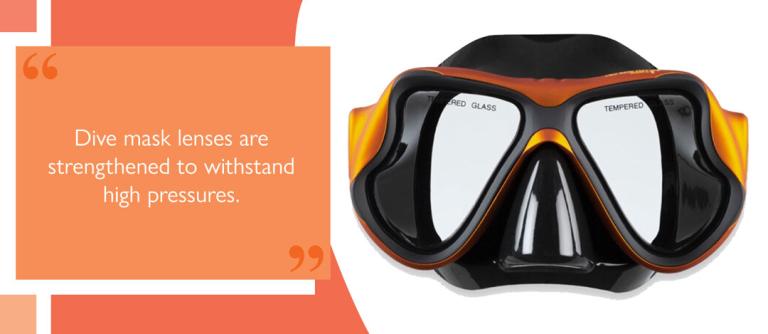

Lens variations
High-quality diving and snorkelling masks use tempered glass lenses. These are strengthened to withstand high pressures. Tempering reduces the risk of shattering or splintering, and makes the lens more resistant to scratches and scrapes.
Masks can have a single or double lens. The choice will largely come down to personal preference. Single-lens masks offer an unobstructed view without a separation over the nose, but the higher volume of glass makes them heavier.
Long dives may also require mask defogger to be applied to the inside of the lens to prevent condensation. Choose a non-toxic, alcohol-free formula to protect marine life.
Snorkel mask skirt
The area of a dive mask which suctions to the face is known as the skirt. The material it uses can affect fit and comfort.
Beginner snorkel masks are often made from PVC, which is durable and inexpensive. However, this can also make it less flexible, meaning the mask is less likely to mould well to the shape of the wearer’s face.
Silicone is more flexible, and mask skirts made from the material are better able to mould to the contours of the face over time.
Choosing the best snorkel
The most important factor when choosing a snorkel is ensuring the mouthpiece fits and is comfortable for long periods. If a mouthpiece requires the mouth to be tensed or pursed, facial muscles will tire and the snorkel session will likely be shorter.
Good quality snorkels also feature purge valves. These allow any water that enters the snorkel to be expelled, without needing to surface or remove the mouthpiece.
A snorkels should sit close to the mask to reduce drag. Those with clips can be affixed to dive masks, so they need adjusting less often.
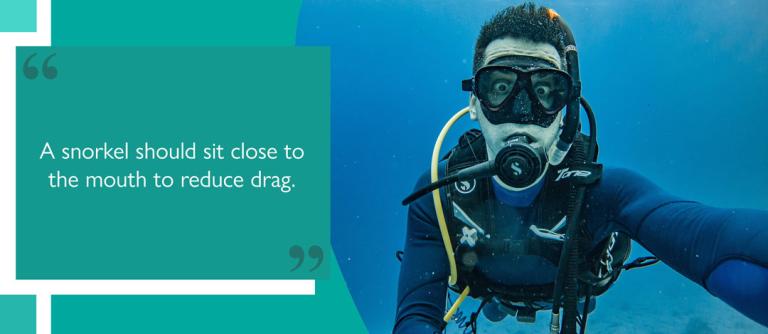

Dry top snorkels
The unique design of a dry top snorkel prevents water entering the spout, even when submerged. This can help boost the confidence of beginners in less settled conditions, and sets the stage for greater enjoyment of the experience.
Snorkelling fins
Diving fins are recommended for snorkelling, as surface swimming is more affected by currents and tides than deep dives. Each kick with flippers amplifies the amount of thrust produced, which helps conserve energy and makes covering distances and avoiding hazards easier.
Deciding on the best diving fins will depend on the kind of snorkelling to be done. Snorkelling fins are generally short, flexible, and lightweight, to reduce the amount of energy expended per kick. They are also less likely to accidentally damage reefs or catch on obstacles.
Wetsuits
Snorkelling is often enjoyed in tropical destinations, where the surface water temperature will be warmer. In these conditions, a full-length or shorty summer wetsuit will regulate body temperature and protect against UV sun damage, without providing too much insulation.
Should a wetsuit prove too warm, a rash vest can make a good alternative. It will offer UV protection, a light level of insulation, and defence against chafing and skin irritation.
Buoyancy aids
Besides offering a measure of safety, buoyancy aids also help you to float without treading water. This means you can observe what’s happening under the water’s surface without creating a disturbance.
Buoyancy aids also balance the body while swimming, reducing pressure on joints and core muscles, and allowing for a more efficient stroke.
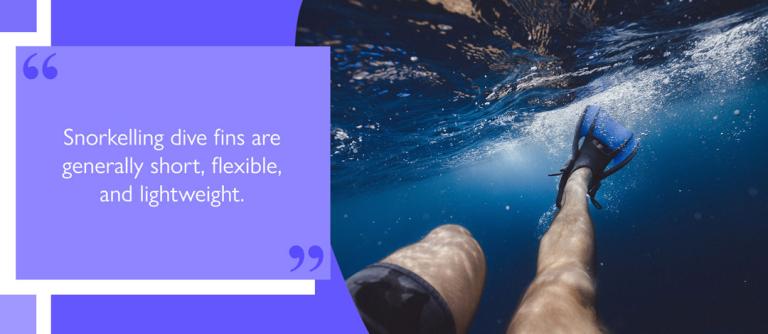

Making the experience more comfortable
Skin not covered by rash vests, wetsuits, or swimwear should ideally be protected from the elements.
Marine-safe sun cream is essential. UV rays can penetrate the water’s surface, unlike dives at depth.
Those new to snorkelling may find it useful to wear neoprene gloves. As coral reefs can be sharp, and some fish and other sea creatures a little inquisitive, a layer of neoprene can help prevent cuts, bites, and scrapes.
Complete snorkelling supplies in one place
Prepare for your first snorkelling session with Two Bare Feet’s snorkel set, which includes a choice of fins, mask, and snorkel in a variety of materials, shapes, styles, and colours to suit your tastes.
We also offer kids snorkel sets to kit out young divers, so families can enjoy the experience of underwater exploration together.

